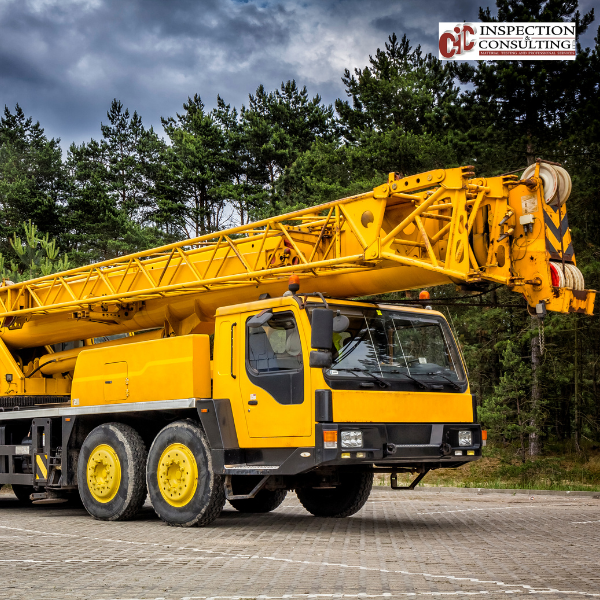The Hidden Risk: What Happens When You Skip Annual Inspections on Lifting Equipment in Canada

In the world of industrial operations, construction sites, and manufacturing plants, lifting equipment is the muscle behind productivity. Cranes, hoists, slings, and rigging gear quietly bear the weight—sometimes literally—of an entire project’s success. But as essential as this equipment is, it's often taken for granted until something goes wrong. In Canada, where safety regulations are among the strictest in the world, annual inspections of lifting equipment aren’t optional—they're the law. And when those inspections are skipped or delayed, the consequences can be immediate, severe, and irreversible.
Canadian standards such as CSA B167 for overhead cranes and CSA Z150 for mobile cranes lay out very specific requirements for the regular inspection, maintenance, and safe operation of lifting equipment. These standards are not suggestions; they have been adopted into law through provincial and territorial occupational health and safety legislation. In many provinces, including Alberta, British Columbia, and Ontario, failing to adhere to these inspection schedules is considered a regulatory offense. Employers are legally obligated to ensure that all lifting devices undergo at least one thorough inspection every 12 months by a competent or certified individual. Depending on the environment and usage, more frequent inspections may be required.
Despite this, equipment owners or operators sometimes let inspections slide. Maybe the crane appears to be working fine, or perhaps the project is behind schedule and downtime feels unaffordable. But the truth is, a missed inspection can cost far more than a delayed job. Over time, lifting equipment is subjected to wear, corrosion, fatigue, and sometimes invisible stress fractures. Without a detailed examination of structural components, load indicators, wire ropes, hooks, and limit switches, these small defects can go undetected—until failure occurs.
And when lifting equipment fails, it rarely fails quietly. The consequences range from dropped loads and damaged infrastructure to severe injuries or fatalities. In the aftermath, investigators will ask one thing first: “When was the last certified inspection?” If records are missing, outdated, or improperly documented, the legal and financial repercussions can escalate rapidly. Worksite shutdowns, fines, stop-work orders, and criminal negligence charges under Canada’s Bill C-45 are all very real outcomes.
Beyond legal compliance, inspections play a critical role in preventive maintenance. Annual certifications often catch problems long before they become safety issues. A fatigued lifting cable, or a misaligned hoist rail can be identified and corrected with minimal downtime. When inspections are consistent, they extend the life of equipment, reduce unplanned outages, and protect your investment.
There's also the question of insurance and liability. Many insurers require up-to-date inspection records to validate coverage in the event of a claim. If a piece of lifting equipment is involved in an accident and no valid inspection certificate is on file, claims can be denied outright. That leaves the operator—and possibly the company—fully liable for injuries, property damage, and legal costs.
In today’s high-pressure industrial environment, skipping an inspection might feel like a shortcut. But it’s not. It’s a gamble—one that puts people, profits, and reputations at risk. Annual inspections of lifting equipment are not just regulatory checkboxes; they are essential safeguards that protect lives and livelihoods. In Canada, where safety is taken seriously, businesses must treat inspection schedules with the same level of urgency as production deadlines.
Your lifting gear works hard all year long. The least you can do is give it one day for a proper checkup.
